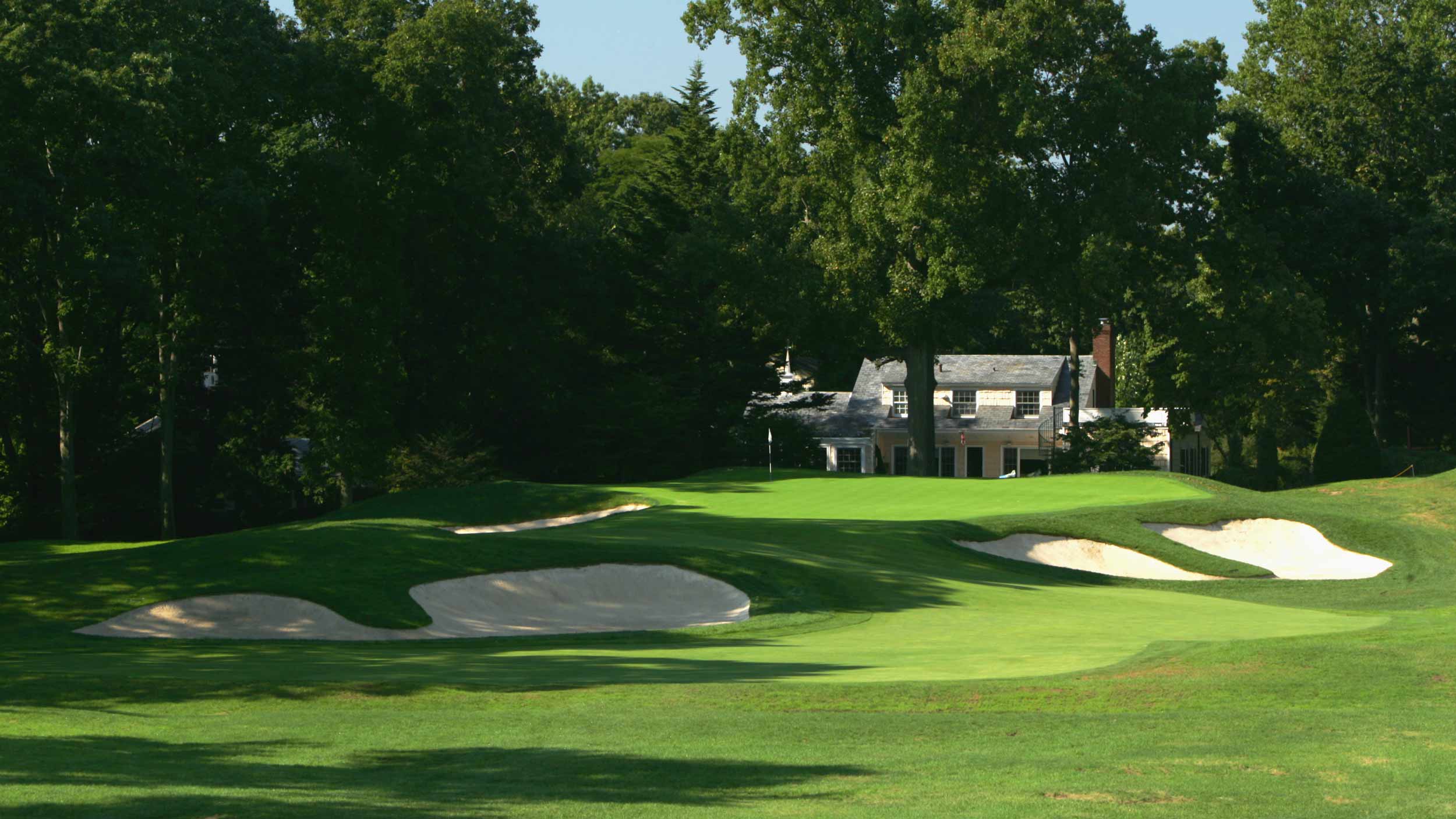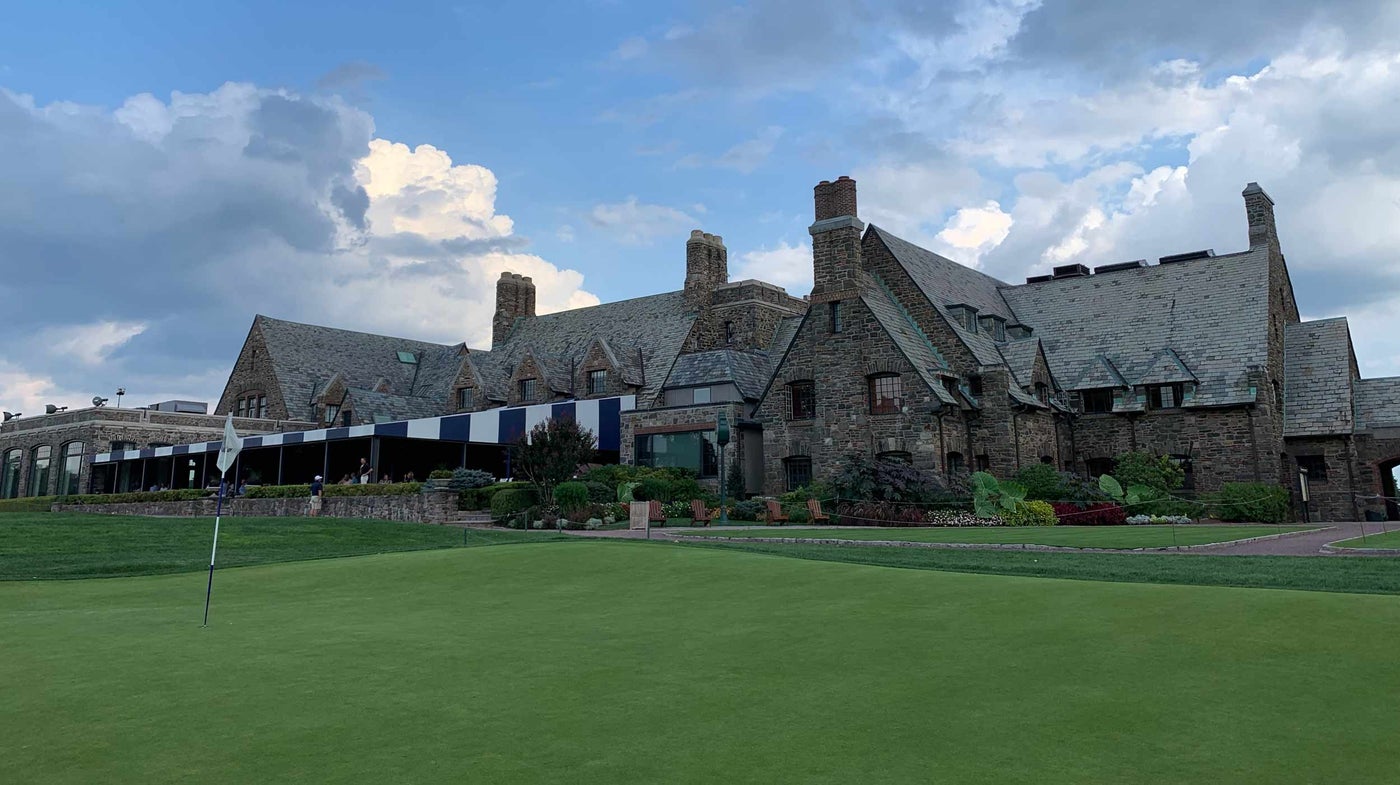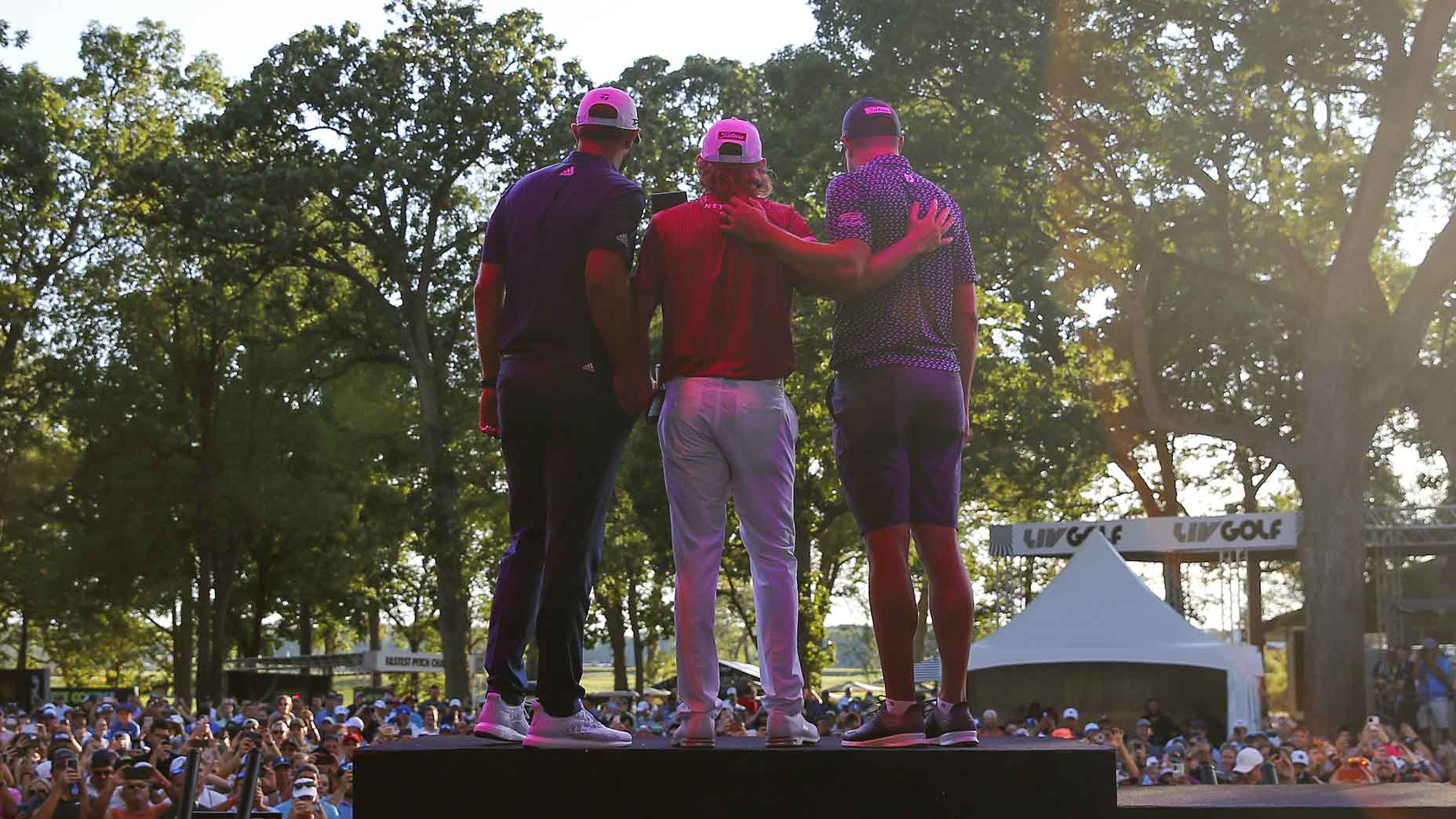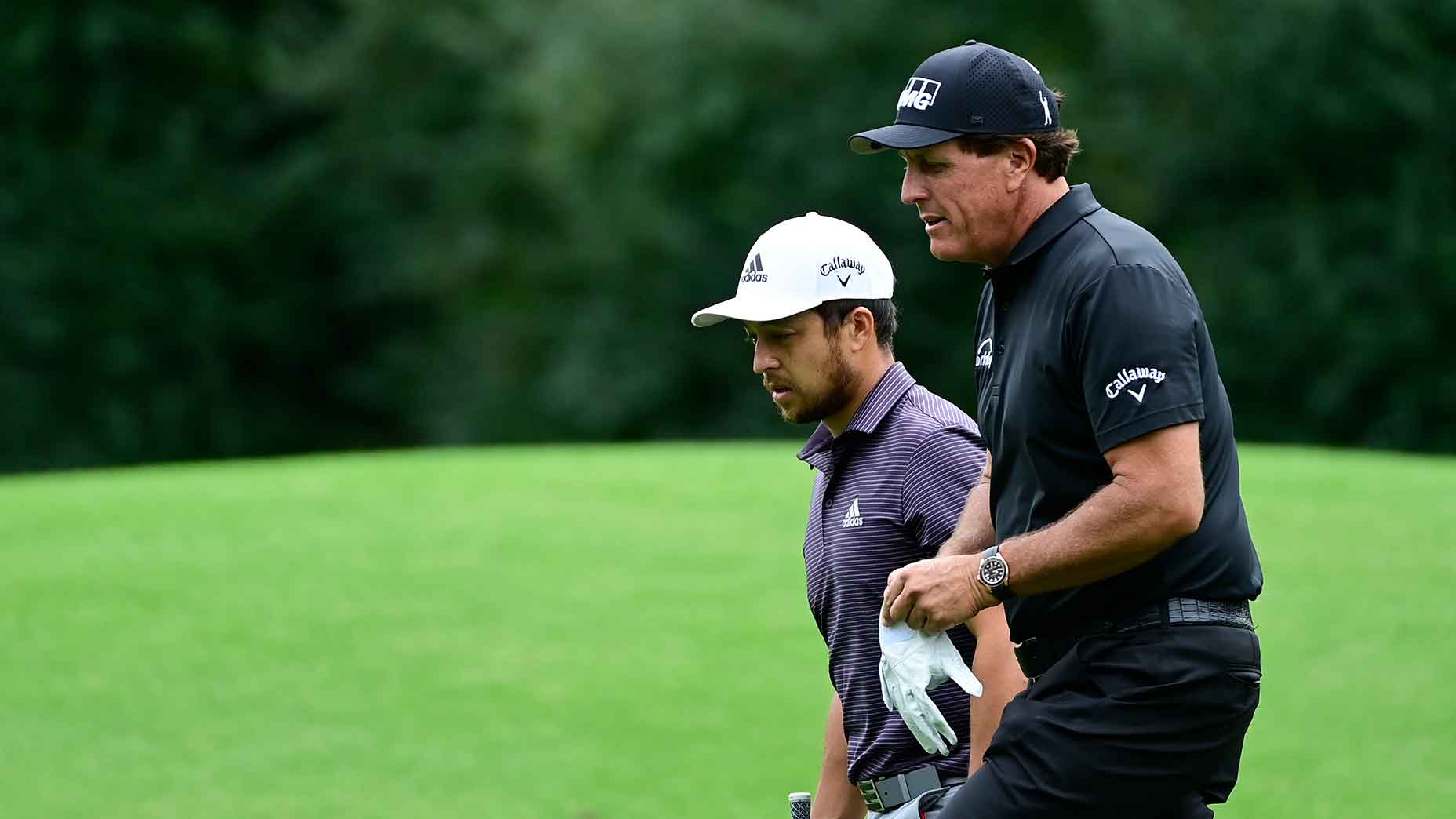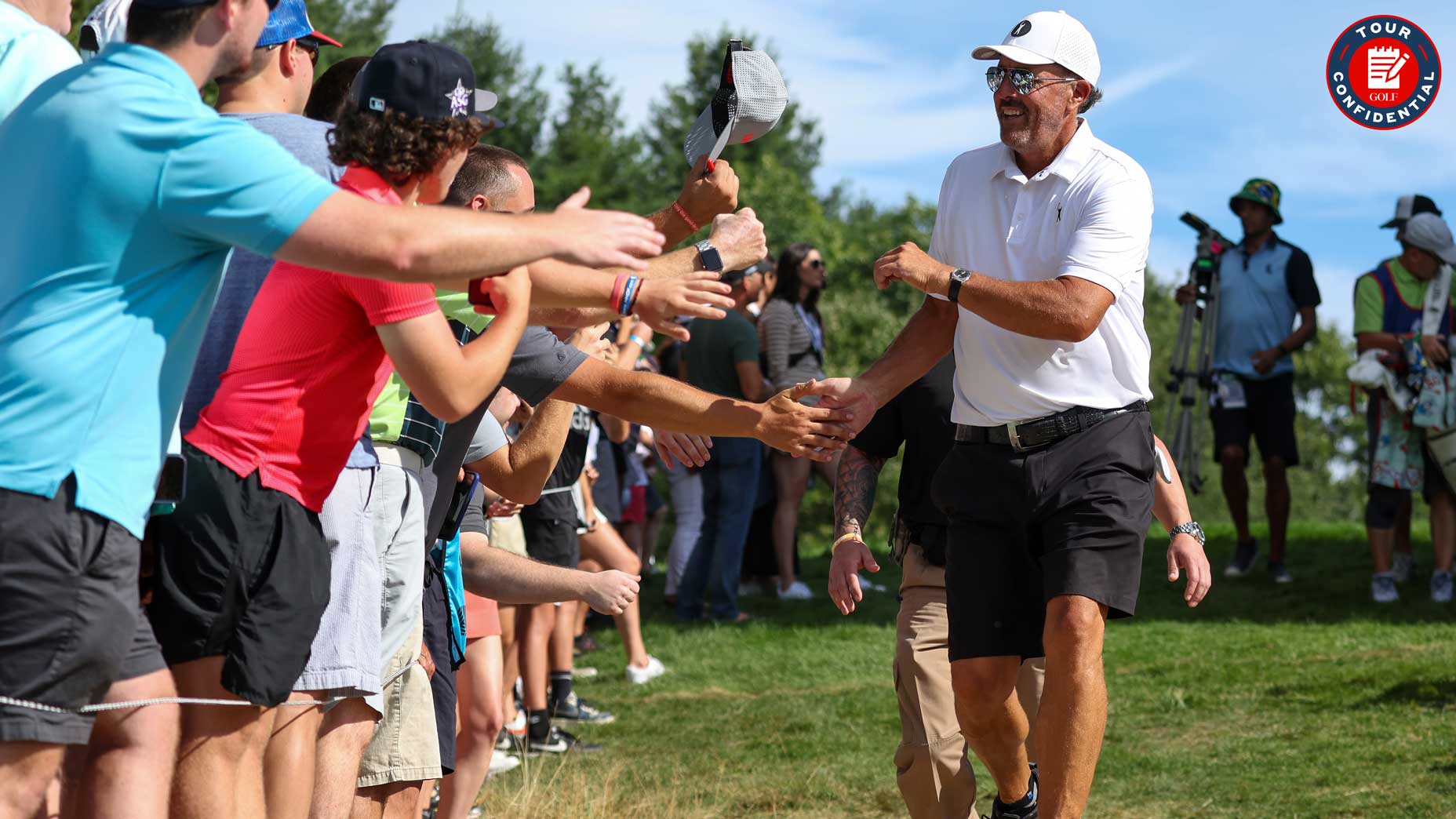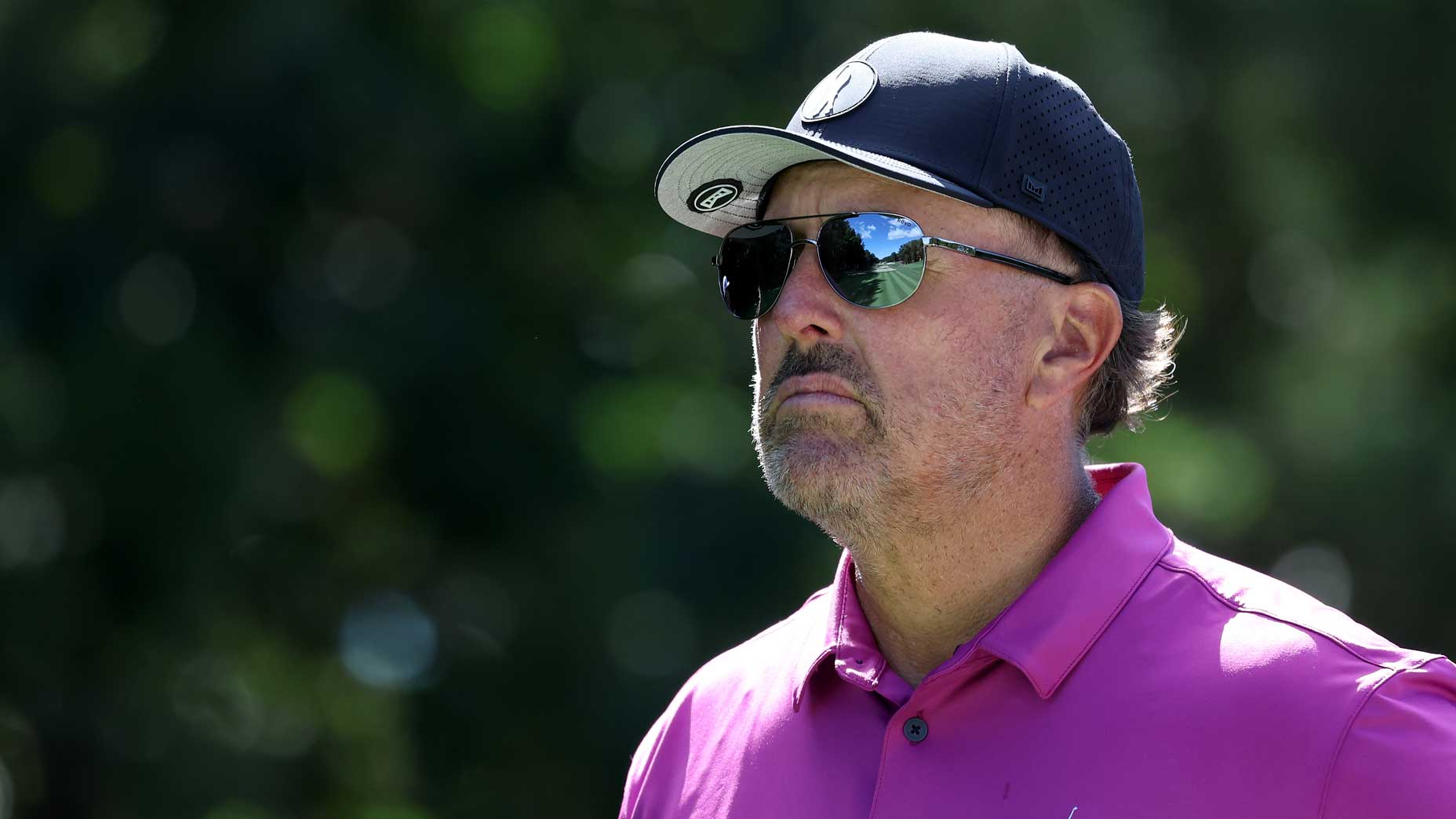MAMARONECK, N.Y. — When the U.S. Open returns to Winged Foot Golf Club for a sixth time next month, the eerily quiet scene will, of course, be unlike any Winged Foot Open before it. No rowdy New Yawk fans. No herds of sweaty photographers elbowing for position in the marquee groups. No hospitality compound on 18 to stir up memories of Phil Mickelson’s stunning double-bogey finish in 2006. We might even see some hints of autumn in the towering elms that populate the property. Weird times, but also unprecedented ones for Big Apple sports. With the tennis U.S. Open wrapping up just days earlier up the road in Flushing, that’ll be some double-header.
But on Tuesday of this week, when the USGA invited a small group of media types to survey the course, Winged Foot was anything but quiet. Socially distanced members filled not only the tee sheets but also the awning-covered patio overlooking the 18th green. Dan Hicks, the NBC announcer, and Mike Davis, the USGA chief, sat for interviews with local TV crews. The Barstool squad buzzed a drone over the clubhouse. Inside, a USGA staffer in white gloves showed off memorabilia from Winged Foot Opens past: Bob Jones’ gold medal (1929), Billy Casper’s mallet-headed putter (1959), even Geoff Ogilvy’s rumpled Cobra hat (2006). It was all happening.
The star of the show, as ever, was the legendarily difficult West Course, the 1923 masterwork of Albert Warren Tillinghast, made fiercer still by a 2013 Gil Hanse restoration. (The club’s East Course is also a stunner; many of the members actually prefer it.) On Tuesday, I played the West. Well, not all of it. A thunderstorm drove my group off the course after 12 1/2 holes. But I still got a good feel for the place as it preps for golf’s ultimate grind-fest. Here are 10 quick observations:
1. The course was surprisingly playable
You might assume that playing Winged Foot three weeks before the Open would be about as much fun as passing a kidney stone. Not so! The rough was juicy (four inches, or an inch shorter than how it’ll play during the Open) but not inescapable, and the greens menacing but not unmanageable. Jason Gore, the former-Tour-pro-turned-USGA-player-relations-czar, was in my group. He opened with a birdie from the left rough at the 1st and tacked on another at the bruising 502-yard par-4 5th — with a driver and a 7-iron! (Members play the 5th as a par-5).
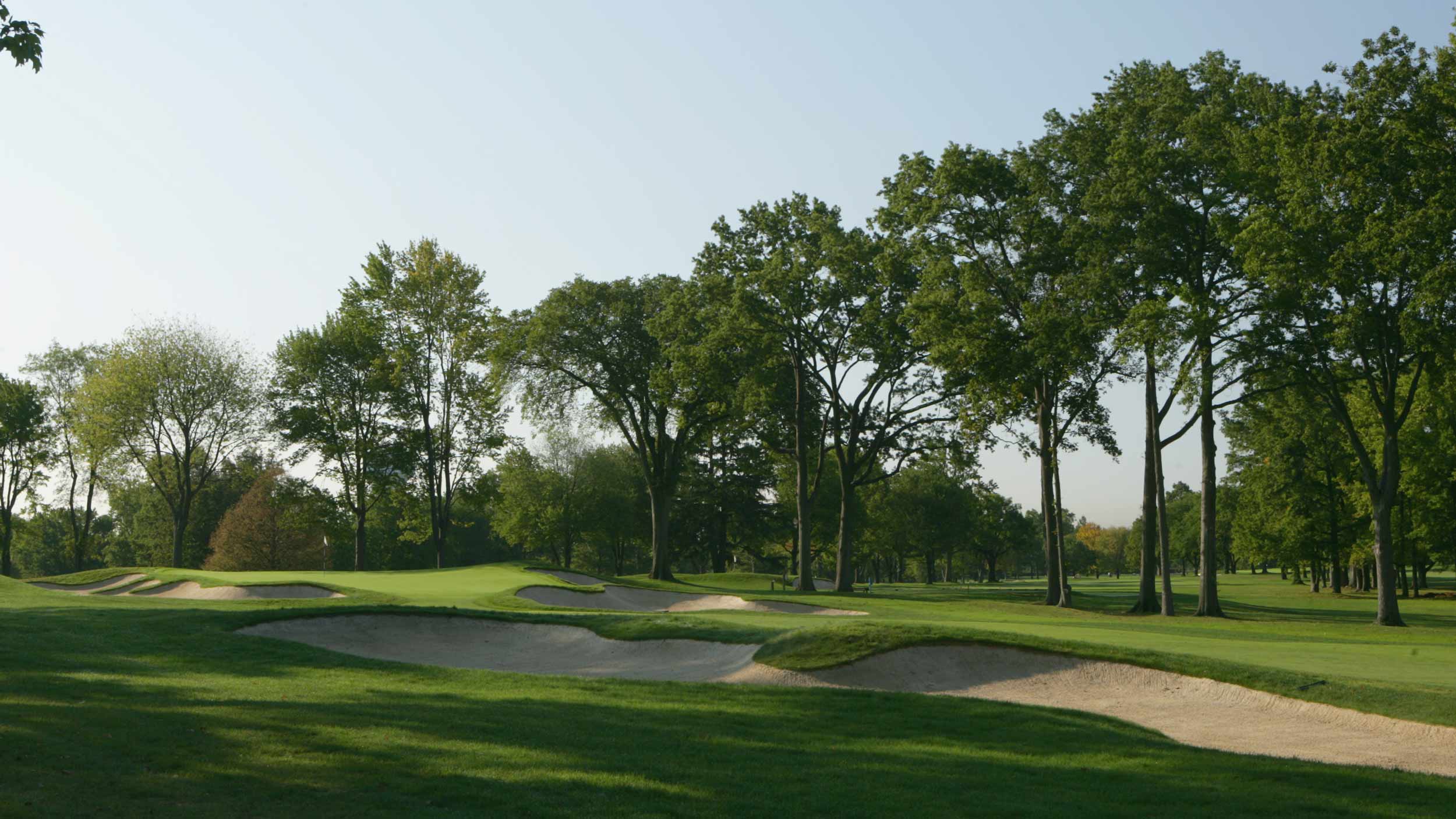
Gore made the turn at even par. Moments before the horn blew, he stepped onto the tee at the par-3 13th, where the pin was tucked in a back-right swale, less than 10 paces from the right edge of the green, and parachuted an iron in to four feet. He didn’t get a chance to hole out, but we gave him the deuce. That’s the right thing to do when you’re playing with a guy who has played in four Opens (1995, ’98, 2008, 2010).
2. The 1st green is a revelation
You could spend a week hitting putts on and shots around the opening green and never get bored. It’s massive, pitched hard from back to front and has not one but two spines that divide it vertically. Long is gone. From back there, you’d have more luck trying to stop a chip atop an ice block. In 2006 the USGA had all but one green Stimping at 12. The lone outlier? Yep, the 1st. It’s so wicked, the blue coats didn’t dare push it past 11.
3. The course is in mint condition, and staying that way
Winged Foot was spotless, almost literally. Sure, there was a divot here and there and a few patches of crispy grass, but the conditions could only be described as dreamy. Credit Winged Foot superintendent Steve Rabideau and his crew but also an old trick that clubs employ in the run-up to big events: In the landing zones, which are cordoned off by yellow ropes, members are required to hit off rectangular turf mats. Alas, if only you could use them in the rough.
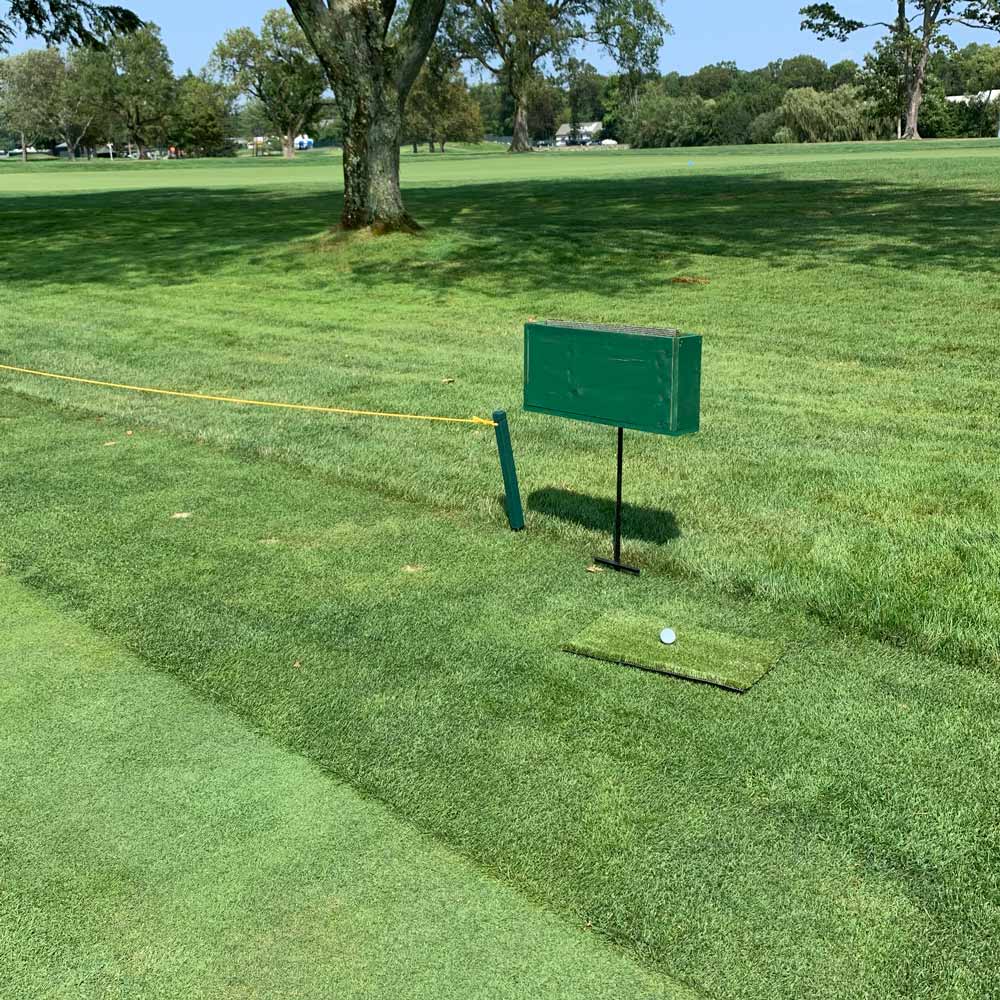
4. About that rough…
No, it wasn’t wedge-out-sideways thick, but you wouldn’t describe it as wispy, either. On four or five occasions, and with a pair of caddies in our group, we had eyes on a tee shot only never to recover it. It happened to Gore on the 2nd and to me on the 8th. A hole later, one of my other playing partners, Frankie Borrelli, a southpaw from the Barstool crew, pulled his tee shot right. After a couple of minutes of hunting, one of our caddies announced that he had recovered the ball. But when he pointed Borrelli toward the spot — poof, the ball had seemingly vanished. We couldn’t find it anywhere. Be warned, Open spotters, you’d best bring your A-games.
5. About those Barstool guys…
Playing matches with your bros on the world’s best courses is the dream job, right? It’s gotta be up there, but here’s the thing: it’s also work — the chronicling part, anyway. On Tuesday, playing alongside Gore and myself, were Borrelli and another of the Barstool merrymakers, Ben Severence, aka Lurch, who were squaring off in a $20 Nassau (spoiler alert: the match was a blowout). Far more intriguing was what was happening behind the scenes: a camera-toting producer madly running around catching every swing and snarky quip, and the leader of the Barstool golf gang, Samuel Bozoian, aka Riggs, piloting a drone when he wasn’t providing live updates on Instagram. Tip o’ the cap for the hustle! NBC’s Open coverage might not be as thorough.
6. It’s all about the greens (and the angles)
The West Course is long from the tippy-tips (7,400-plus-yards), but length is not the design’s primary defense. It’s the heaving, sloping greens, which means having the right angle in is absolutely essential. On Tuesday, Rabideau (who assisted Hanse with the modernization project) and his crew were not especially kind with the pins. At least a few of them felt like Sunday specials. Which made for great fun, because it helped illuminate the insane skill required to get a ball close to a tucked hole. On 18, the cup was cut in the back-left corner, on a plateau the size of three parking spots. Earlier in the day, I’d watched a poor soul miss this green long, but not by more than a foot or two. From there, he hit a brilliant shot — a soft little flop — but his ball never stood a chance of staying on that shelf. Gore said this sadistic pin will not be in play during the Open. For shame!
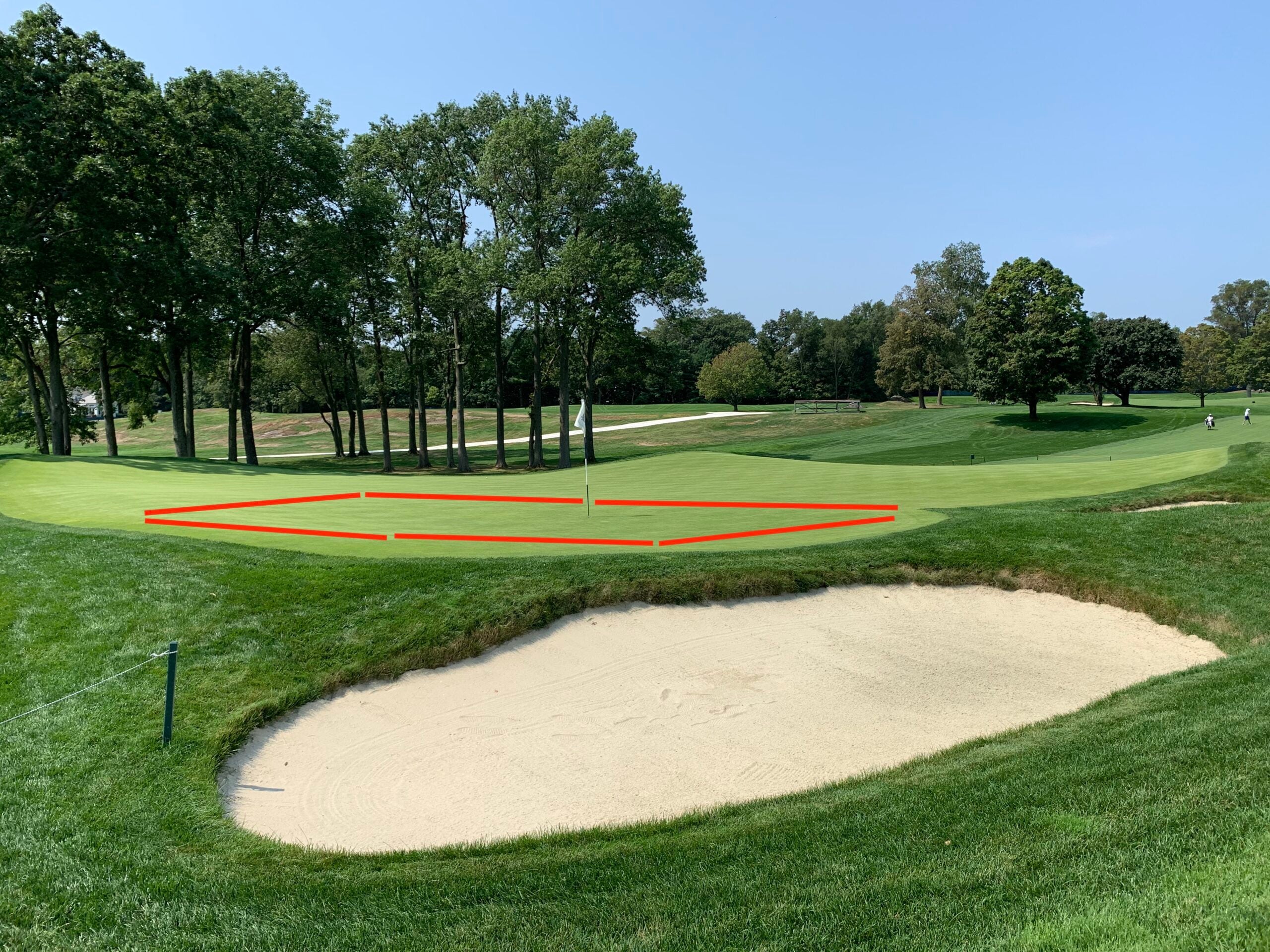
7. These guys are lonnnnnng
If you want an appreciation for how far the bombers fly it, walk to the back of the back tee at Winged Foot’s par-5 12th hole and see if your drive can reach … the fairway! Mine didn’t. I hit two balls from back there and twice came up short. The carry to get there was 242 yards, according to my rangefinder. So basically an 8-iron for Bryson.
8. The Tudor time machine
It’s not quite Downtown Abbey, but, man, is Winged Foot’s Tudor manse of another time. It makes you want to order a sherry and fire up a pipe. The bricks. The stones, which were cleverly repurposed by the construction crews when they were building the courses. The slate roof. The metal lockers. The payphone by the locker-room entrance!
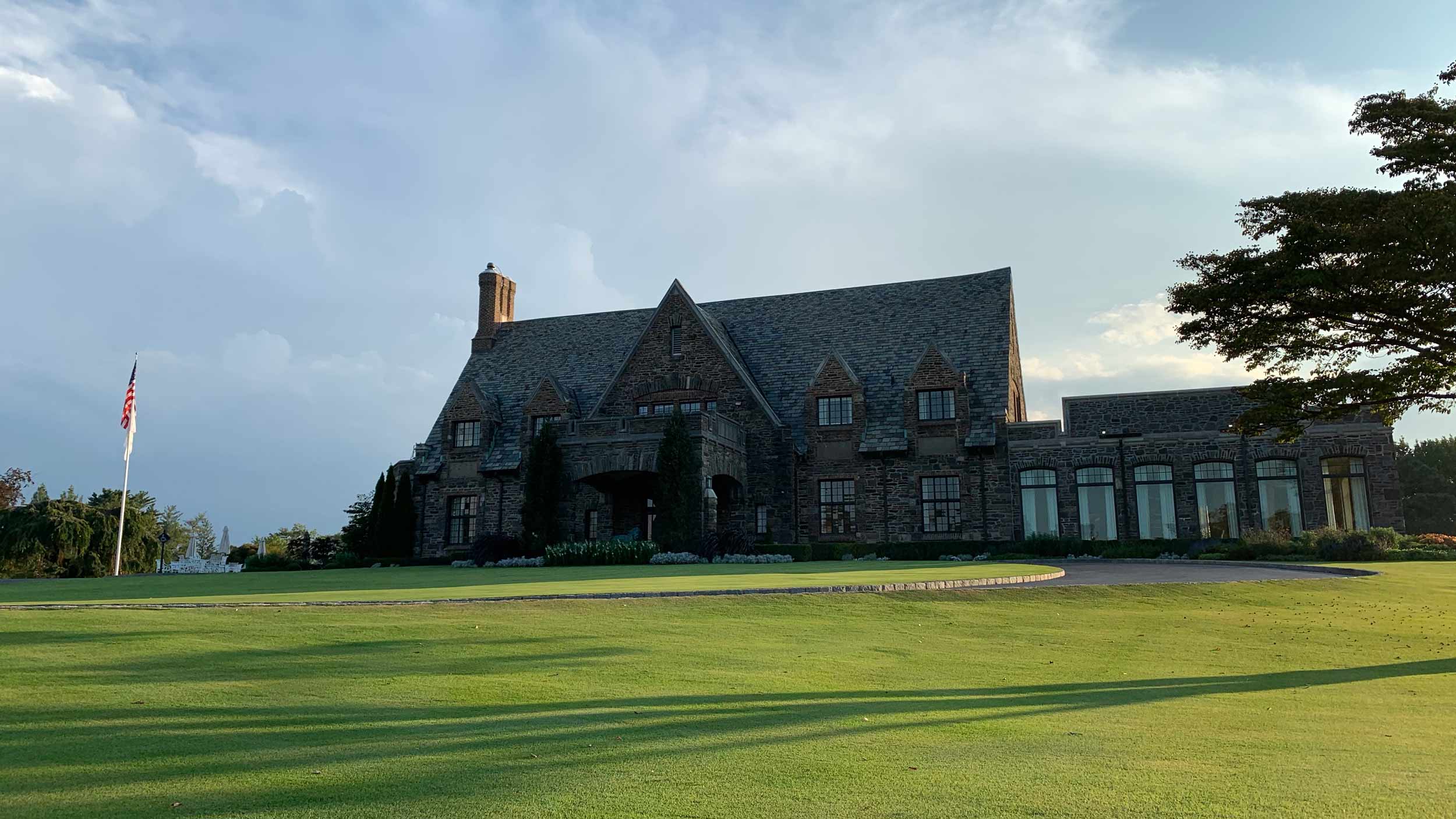
Props to its builder, Clifford C. Wendehack, who was basically the Tillinghast of clubhouse architects. In addition to his work at Winged Foot, Wendehack also constructed the clubhouses at Mountain Ridge and Ridgewood, both in New Jersey, and Bethpage, the famed municipal complex on Long Island, among a handful of other Met Area courses. But his work at Winged Foot remains his ’house de resistance. The coolest spot is the mini locker room tucked off the main locker room, which serves up this superb view of the 18th green:
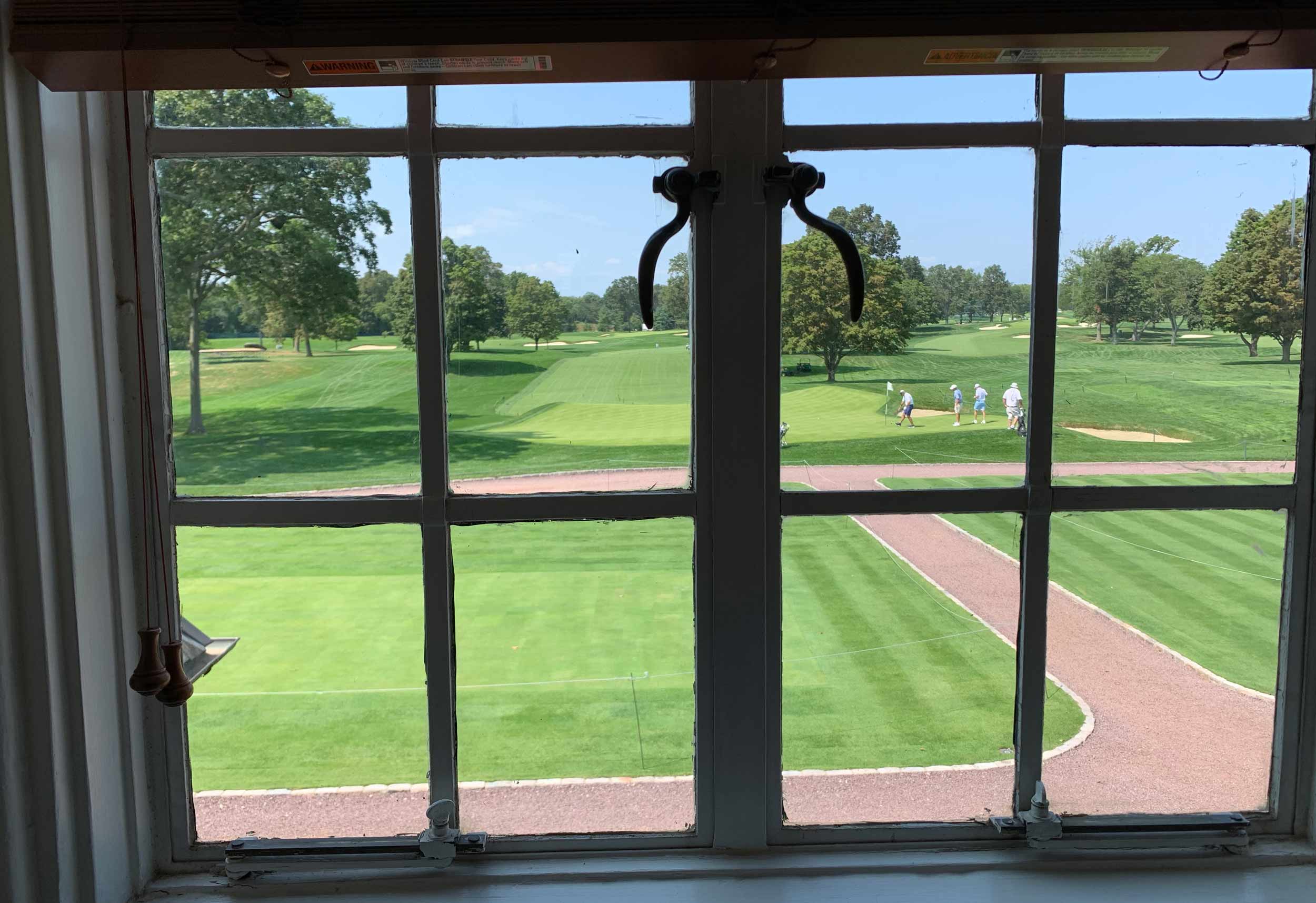
9. The upside of no fans
The fan-less Open is a bummer, but members will tell you there is a benefit: their beloved East Course won’t get torn up. During the 1984 and 2006 Opens, the USGA used the East to house much of its infrastructure, meaning the course was out of sorts for months following the events. The members were so irked that the club passed on a chance to host the 2015 Open and a divide developed between the USGA and one of its go-to sites. According to The Journal News, that frostiness thawed in 2012 when the club signed the deal for 2020. Even before the pandemic, the USGA had planned for a smaller footprint for this year’s championship, including fewer fans. No one was expecting no fans.
10. A perfect 10
Tillinghast called the 10th hole the finest par-3 he ever built. No arguments here, even if I did have to suffer the indignity of hitting a hybrid from the tee. Gore? Eight-iron.
